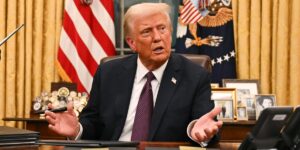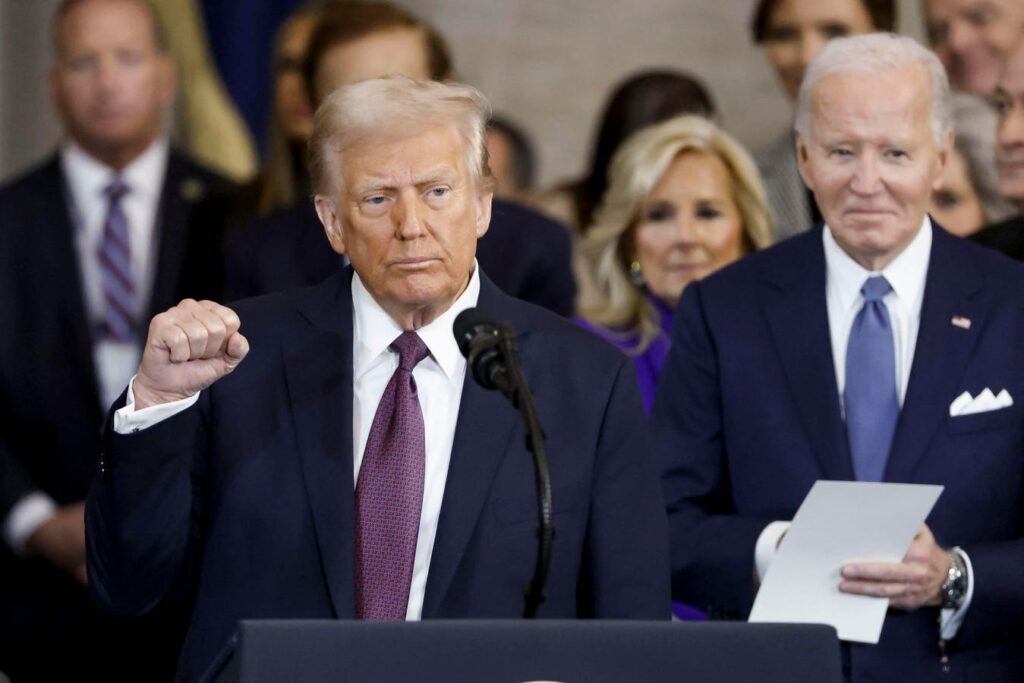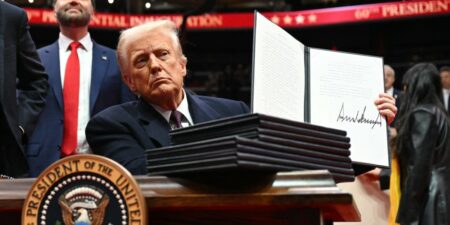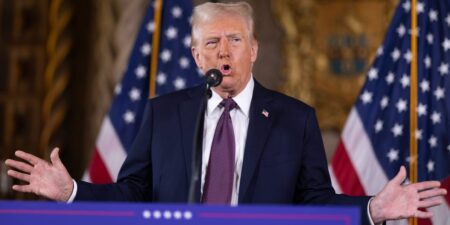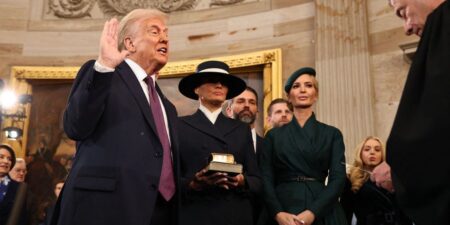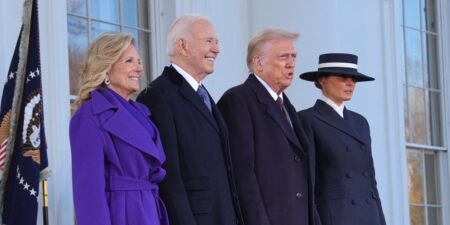U.S. president Donald Trump lost no time in nailing his pro oil and gas credentials to the metaphorical White House mast at his inauguration on Monday, as the nation’s 47th head of state.
Having taken the oath of office, the president declared what he described as an “energy emergency” in the U.S., and repeated a rallying cry of “drill baby, drill” from his successful election campaign.
As Trump urged U.S. oil and gas companies to ensure American energy security and economic prowess, he noted: “We are a rich nation and its that liquid gold under our feet that will help us ensure that we keep things that way.
“America will be a manufacturing nation once again. We sit on the most oil and natural gas of any nation on earth, and we’re going to use it.”
A spokesperson said a raft of energy sector measures are expected via presidential executive orders on Monday itself. Other imminent policy measures will follow over the coming weeks as the Trump administration “gets going from day one.”
These include an attempt to unshackle the oil and gas industry from tighter emissions regulations seen under the Biden Administration, ranging from the former president’s stance on net zero emissions to sector-wide regulatory frameworks. Green subsidies, including support for the New Green Deal, are also expected to be unwound alongside a pause on offshore wind farm approvals.
While Trump did not mention it in his inauguration speech, his officials also confirmed that the U.S. will be pulling out of Paris Climate Agreement. Trump did so in 2017 when he last took office, but the stance was reversed by the Biden administration.
The agreement is aimed at limiting long-term global warming to 2.7 degrees Fahrenheit (1.5 degrees Celsius) above pre-industrial levels or, should such efforts fall short, keeping temperatures at least well below 2 degrees Celsius above historical pre-industrial levels.
Hydrocarbon exploration on federal land will likely be revisited and onshore as well as offshore production be stepped up, as will overtures on interconnected North American pipelines, including the Keystone XL from Alberta, Canada to Texas, U.S.
Alongside executive orders, the president can also largely count on the houses of legislature with both the Senate and Congress under his Republican party’s control, and a conservative majority in the Supreme Court should tussles over energy policy turn into legal battles.
The U.S. is currently the world’s leading crude oil producer, with output levels well north of 13 million barrels per day, according to the International Energy Agency.
Going For The Panama Canal
In an unscripted move, Trump also reiterated his desire to go after the Panama Canal – a man-made marine shortcut between the Atlantic and Pacific oceans in Panama. It was built and completed by the U.S in 1914. Panama assumed control of the canal on December 31, 1999, under the Torrijos–Carter Treaties.
The inter-oceanic passage became a key maritime artery for U.S. oil and gas cargoes shipped to Asia early in 2018. That’s after the Obama administration lifted a moratorium on American oil and gas exports in 2017, under Republican party pressure in the wake of the country’s shale production bonanza.
U.S. and Chinese vessels, or those with cargoes originating in both countries or going to them, currently dominate commercial traffic through the canal. Trump has previously claimed that Panama was slapping “exorbitant” charges on U.S. vessels in violation of the Torrijos–Carter Treaties, and favoring China. The claim was refuted by Panama’s government.
However, Trump noted in his inauguration speech that: “The U.S. has been treated very, very badly by Panama after gifting the canal to them. It is a gift that we did not need to make. We didn’t give the Panama Canal to China. We gave it to Panama and we will be taking it back!”
Panama issued another denial following Trump’s remarks and adding that the canal will remain “Panamanian.” However, this is unlikely to be the end of the matter with Trump putting traditional energy at the heart of what he described as the “Golden age of America” under his presidency.
Read the full article here



